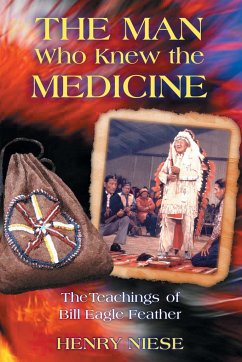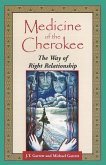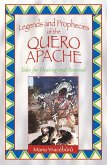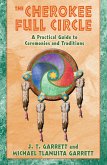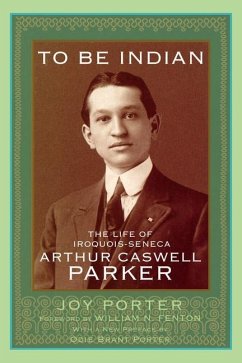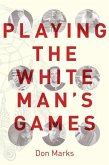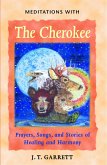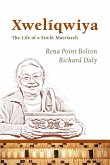NATIVE AMERICAN / SHAMANISM "A wonderful book full of magic, mystery, and wisdom. It is a tale of the years the author spent with Lakota holy man Bill Eagle Feather, talking about life and death, laughter and sadness, spirits and the universe. This book is written from the heart. It will give you an understanding of Lakota beliefs and ceremonies. It will enrich your life." --Richard Erdoes, coauthor of Lame Deer, Seeker of Visions "A born storyteller, Henry Niese has drawn a colorful portrait of his Lakota Sioux spiritual teacher with affection and humor and--notwithstanding Niese's own hard earned wisdom--with humility. From this unique memoir we learn how the author himself has become a dedicated teacher and healer, a man who knows the medicine." --Daniel Mark Epstein, poet and biographer, author of What Lips My Lips Have Kissed: The Loves and Love Poems of Edna St. Vincent Millay Lakota medicine man Bill Schweigman Eagle Feather gained widespread recognition as an uncompromising spiritual leader in the 1960s when he defied a U.S. government ban on Indian religious practice and performed the Sun Dance ritual with public piercing. He continued on as Sun Dance chief and teacher of the Lakota way of life until his death in 1980. Author Henry Niese met Bill Eagle Feather during a Sweat Lodge ceremony preceding a Sun Dance on the Rosebud Sioux Reservation in 1975. That was the beginning of the relationship between student and teacher that is captured with humor and respect in The Man Who Knew the Medicine. Niese brings readers along on his journey from outsider to initiate to elder, a transformation guided by Bill Eagle Feather. He describes sacred traditions such as the Hanblecia, or Vision Quest; the Yuwipi, a healing ceremony in which the presiding shaman must be tied up in a blanket; and the powerful Sioux Sun Dance. His firsthand accounts provide a portal into a sacred reality as well as insight into the struggles of the Indian community to perpetuate its values and religious truths. HENRY NIESE has participated in over one hundred ceremonies and danced in thirty-seven Sun Dances, including hosting Sun Dances at his own Eagle Voice Center in Maryland. He carries on the work of Bill Eagle Feather by performing healings and giving seminars and workshops throughout the United States on medicinal plants and Native healing. He is also a professional artist whose work has appeared in many museums, including the National Museum of American Art and the Whitney Museum.
Hinweis: Dieser Artikel kann nur an eine deutsche Lieferadresse ausgeliefert werden.
Hinweis: Dieser Artikel kann nur an eine deutsche Lieferadresse ausgeliefert werden.

